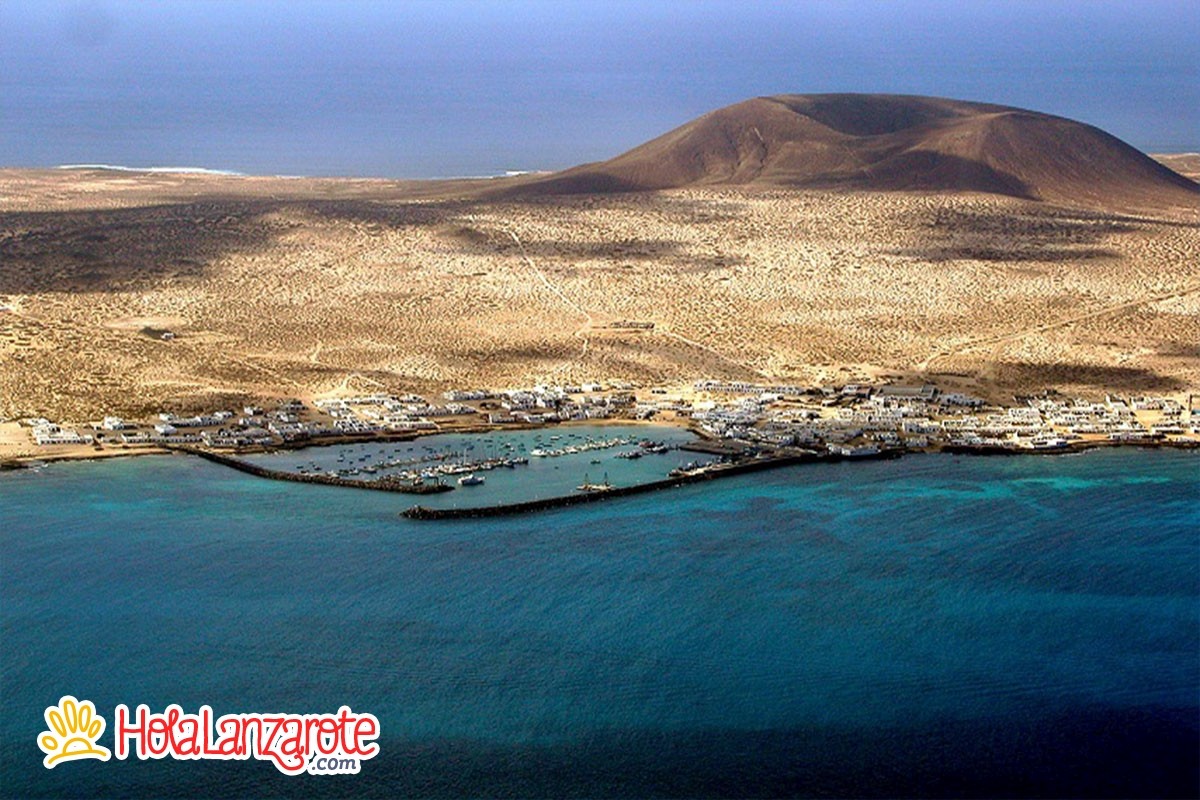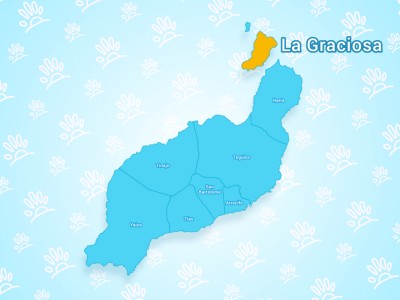
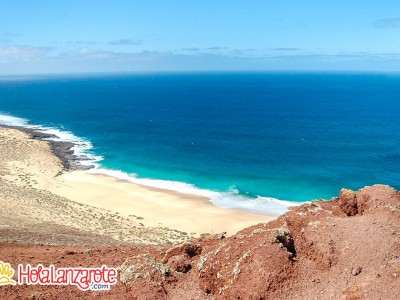

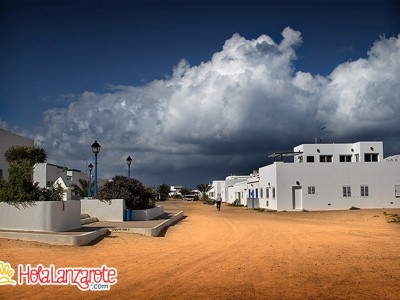
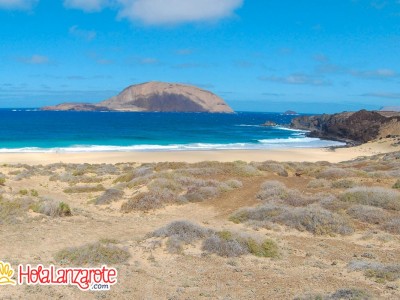
The Chinijo archipelago is located north of Lanzarote and belongs to the municipality of Teguise. It is formed by a group of islands and islets: La Graciosa, Alegranza, Montaña clara, Roque del Este and Roque del Oeste. The archipelago owes its name to an affectionate motto to the children in the Canary Islands: chinijo.
The only one of the islands that is inhabited is La Graciosa, by less than 600 inhabitants, who are mainly engaged in fishing and, to a lesser extent, tourism. Next to the impressive Risco de Famara and the archipelago is the Natural Park of the Chinijo Archipelago, declared as such in 1986.
With beautiful unspoiled beaches, white sand and crystal clear waters, the archipelago is a place to feel in paradise. One of its most important islands is La Graciosa, the biggest and ideal destination, both for tourists and for Lanzarote residents.
In La Graciosa you can walk barefoot through its sandy streets and the only ways to get around are walking, cycling or using the dedicated transport services for this exclusive purpose. La Graciosa is the largest of the islets with 27 square kilometers.
La Graciosa can only be reached by sea, from the port of Órzola, north of Lanzarote. You will arrive at Caleta del Sebo, where the "gracioseros" live, mainly dedicated to fishing, so you can usually see the small boats in the port with a great variety of fresh fish. There are two companies of ships and ferries with regular lines and in the way you do not have to miss the spectacular view of the Risco de Famara. There is also the small town Pedro Barba, which locals make it a weekend destination.
The island has 7 main beaches, one more spectacular than the other. The most famous is Las Conchas Beach, with its white sand and virgin print, unique for relaxation. Another of the beautiful beaches we can find are: La Laja Beach, El Salado Beach, Francesa Beach, La Cocina Beach, Lambra Beach and Caleta De Arriba Beach.
Among the other islands of the Archipelago is Alegranza, which is 10 kilometers and is not inhabited, rising on its land the Lighthouse of Punta Delgada, declared well of cultural interest since 2002. It is a private island and must request permission to visit it. Montaña clara, Roque del Este and Roque del Oeste or also called "del infierno" (of Hell).
La Graciosa and the entire archipelago is a place you can not miss. And if you can, stay for a couple of days camping or in any of the accommodations that are offered in Caleta de Sebo. The busiest months are July and August, especially on weekends, but you surely get an isolated place to be alone with nature.
One of the most important aspects is the incredible biodiversity of this marine reserve, which invites us to know and investigate more. One of the activities preferred by the tourists is the diving, since to submerge in the waters of the Atlantic ocean that surround these islands one enters in a world full of colorful and is an experience that is counted throughout the life.
You also do not need to be an expert diver to enjoy the show, with a snorkel (mask and tube) you are ready to see the species that inhabit the seabed of these islands. Do it and you will not regret it. But of course, Don't forget the sunscreen, because when you are in these beaches, time will fly by and you will not realize that you have spent all day captivated by the beauty that surrounds you.


